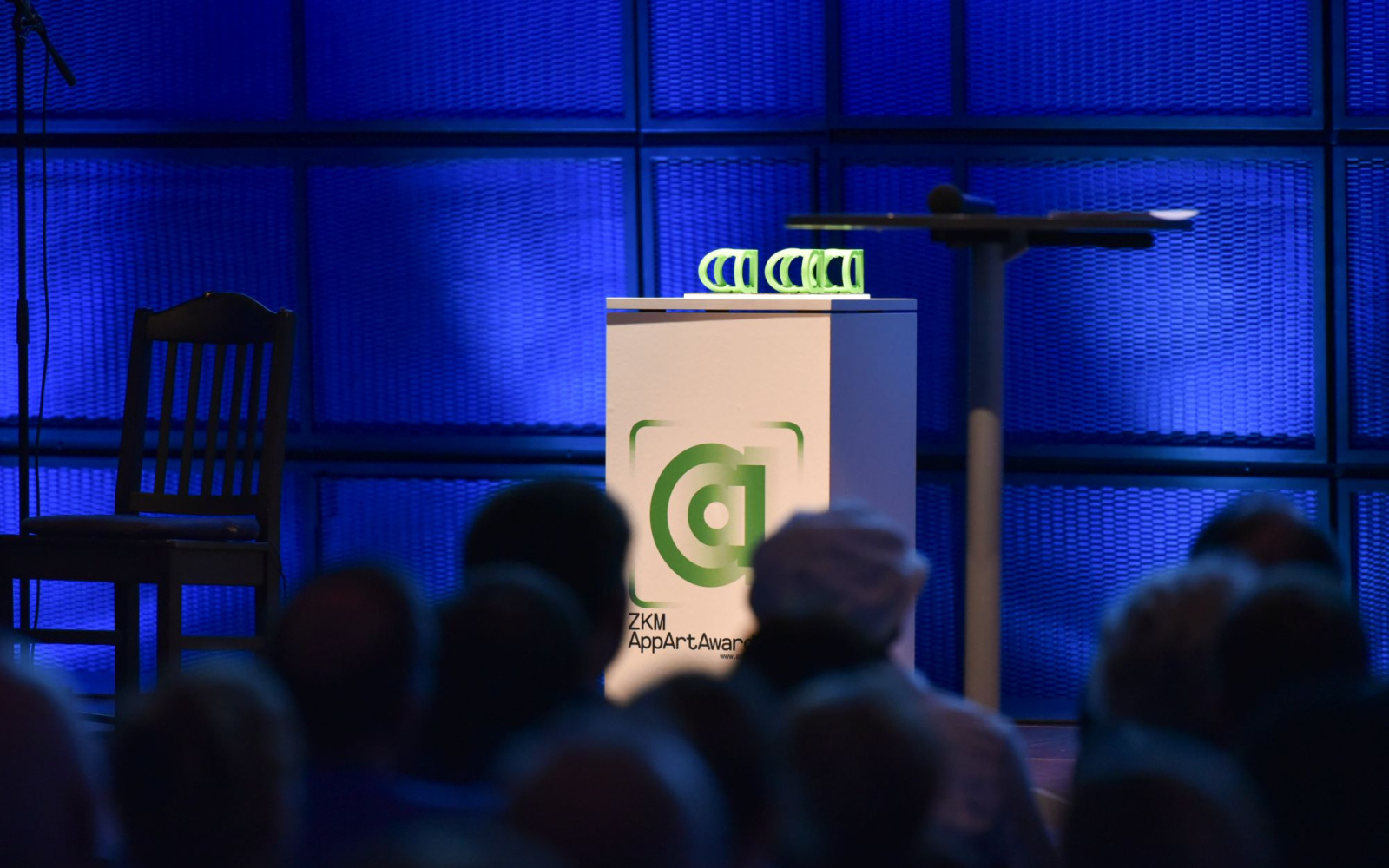Background
As early as 1999, in exhibitions such as net_condition, publications and in its institutes, the ZKM began investigating the changing relationship between society and technology resulting from the emergence of the Internet. The Internet and society mutually shape one another, therby giving rise to new spheres of activity in society, economics, and art.
“Possibilities emerge for which there was previously no need.”
Peter Weibel, Artistic-scientific Chairman, CEO of the ZKM | Karlsruhe, states clearly,
In October 2007, the ZKM was the first art institution in the world to respond to the appearance of Web 2.0 and its full range of its games – from social media through to Second Life – in the exhibition »You_ser. The Century of the Consumer«. In the process, a new »emancipated user« emerged augmenting the already well-known interactivity by way of his/her productivity. The ZKM, which has always understood itself as a performative and participative museum, now saw itself in the role of a »perforated museum«, its walls having become porous to content from visitors, »emancipated users« who, for their part, connect with the content, platforms and works of the artists.
Thanks to Apps, a portable Media Museum
This performative, porous museum attained a new dimension through Apps, which appeared a few months later. Thanks to Apps, Smartphone owners are now able to carry their pockets a »portable Media Museum« of sorts with the most recent developments. This also allows for the migration of older artistic developments from one storage media or format to a new one: in other words, works previously presented on an interactive CD-ROM, or as museum installation can be programed as an App in order to keep pace with visitors' expanding and professionalizing media use.
Many of the Apps are visualizations of musical compositions, and have to do with sound: with the Apps »Bloom« (2009) and »Biophilia« (2011), Brian Eno and Björk are the most well-known pioneers of these new multimedia art forms, which combine music, visual art, videos, games and programming. The recipients – the users – become actors or co-designers of their works. Many of the impulses, artistic innovations and updates of AppArt stem from the fine arts. Aspects of Op-Art and kinetic art are included, as well as developments in video and interactive media art.
Art becomes mobile
The fact that the fine arts have become mobile with the aid of Apps is an entirely logical development. While painting in the age of cave paintings, or in fresco paintings during the Middle Ages was initially bound to one place, with the introduction of the panel painting – on wood or canvas – the picture became mobile: it could travel, the pictorial information could be shown to other people in different locations, and could be sold and stolen. What this meant was the production of one picture for various places. With the introduction of mechanical reproduction and mass media, a picture could also be duplicated, copied, and placed in new contexts. In other words, it became possible to produce many pictures for many places. The picture became a mass good. By means of Apps and mobile computing, not only is it possible to produce pictures at all locations for all locations, but the criteria for a direct connection between producer and consumer or user have also been met. This signifies an extension from the art of production to the art of distribution.
The multimediality of the new medium unifies the various genres: musicians work with visual artists, and fine artists include music and acoustics in their works. Programmers are artists' partners, algorithms become an artistic method, and at times the programmer slogan »code is poetry« can be heard.
Media, mobile data, and men
With the development of App technology a tendency, becoming visible is a trend for which Peter Weibel provides the following explanation: the technology and logic of production, which defined the era of the Industrial Revolution in the nineteenth and twentieth centuries, is best summed up by Frank Lloyd Wright‘s lecture of 1930 entitled »Machinery, Materials, and Men«. In the nineteenth and twentieth centuries, goods were produced en masse with the aid of new machines and materials. Mass production led, among other things, to the establishment of the »Werkbund« and Bauhaus. As Weibel explains, the twenty-first century will see a new equation: “Media, Mobile Data, and Men.” This means that in the twenty-first century, emerging in addition to production, is also a distribution of data by media, more specifically, social media. This logic and technology of data distribution is the foundation of mass media – from print media through to film and television. Through the digitizing of distribution, mass media are given new innovative impetus which is distinguished by personalization: mass media become personal media. PC and internet form the basis for the individual use and distribution of data with mass effect.
Art, which for centuries produced single works for a single location, now, for the first time, has the opportunity – following the analogue technologies of multiplication – to transition from the classical paradigm of production to the paradigm of distribution. This is AppArt's mission.
